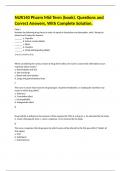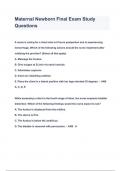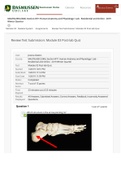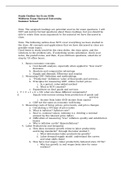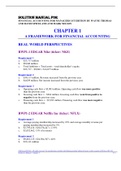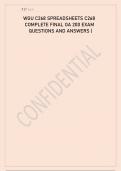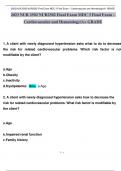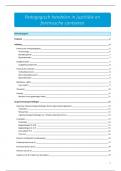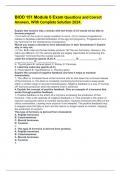Exam (elaborations)
NUR140 Pharm Mid Term (book). Questions and Correct Answers, With Complete Solution.
- Course
- Institution
NUR140 Pharm Mid Term (book). Questions and Correct Answers, With Complete Solution. Chpt 2 Number the following drug forms in order of speed of dissolution and absorption, with 1 being the fastest and 5 being the slowest: _______ a. Capsules _______ b. Enteric-coated tablets _______ c. Elixir...
[Show more]
